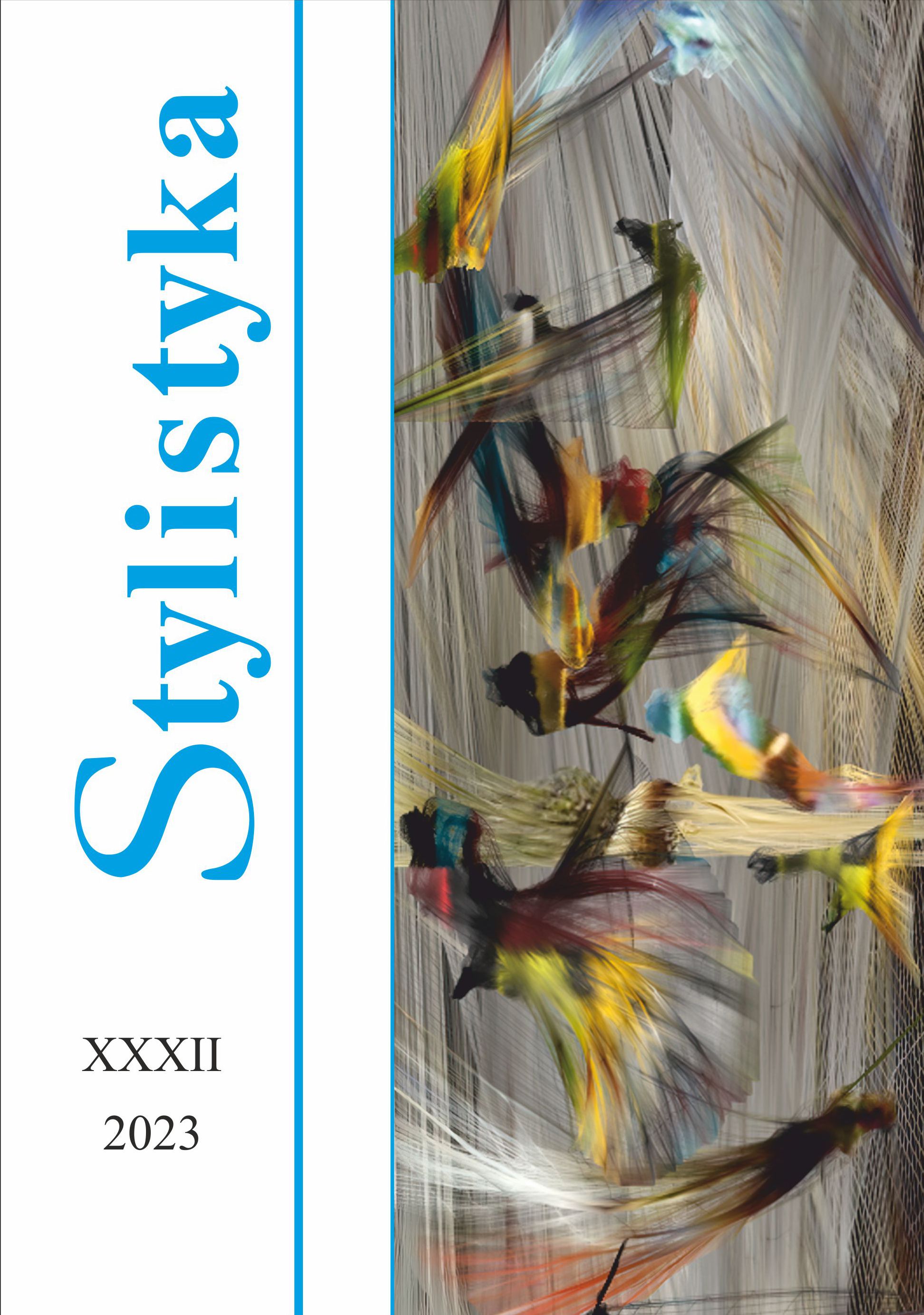Dialogised heteroglossia and the Japanese-Chinese mixed style of “Kaidōki”
Dialogised heteroglossia and the Japanese-Chinese mixed style of “Kaidōki”
Author(s): Adam BednarczykSubject(s): Other Language Literature, Theory of Literature, Stylistics, Sociology of Literature
Published by: Uniwersytet Opolski
Keywords: wakan konkōbun; travel diary; Kaidōki; dialogised heteroglossia; Japanese literature;
Summary/Abstract: This paper attempts to analyse the technique of assimilation of classical Chinese writing into the Japanese literary tradition of the early medieval period. The author’s main focus is one of the three styles used by Japanese authors of the time, namely the mixed Japanese-Chinese style (the so-called wakan konkō buntai). It was used in various prose genres, including travel diaries. Referring to the text of Kaidōki (Records of [a journey along] the seacoast road), a Japanese travel account from the early 13th century, the author shows on the selected source material how, in accordance with Bakhtin’s understanding of heteroglossia, a dialogue occurs on the level of Chinese and Japanese writing and how intertextual relations can influence the formation of the style of a literary work. As can be noted, the historical and literary borrowings from the Chinese tradition (the rich Sino-Japanese vocabulary and the prosaised poems originally composed in classical Chinese) enriched the semantic layer of the Japanese text. This was also reflected in the style of the work, which, despite its “crabbedness” and the fact that it was shaped by the experience of borrowed but also native polyphony, seems to be the optimal way to express it.
Journal: Stylistyka
- Issue Year: 2023
- Issue No: XXXII
- Page Range: 59-81
- Page Count: 23
- Language: English

